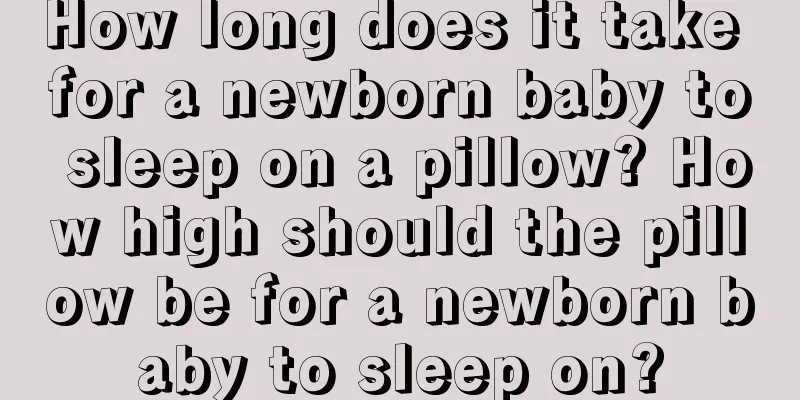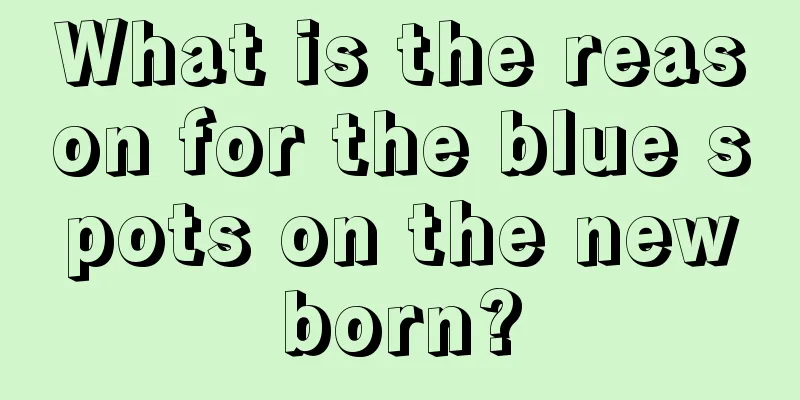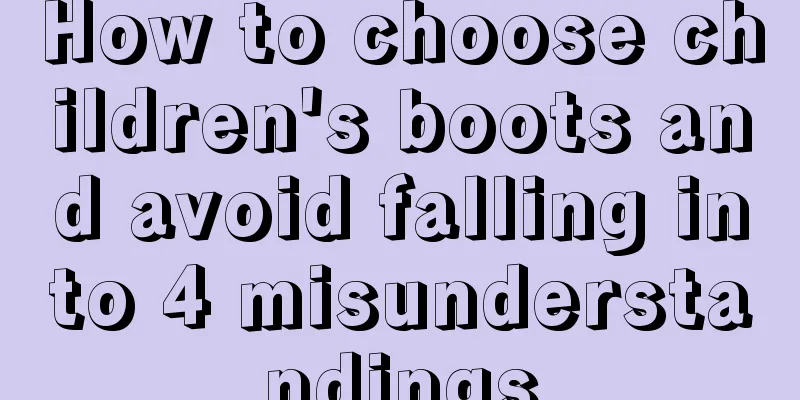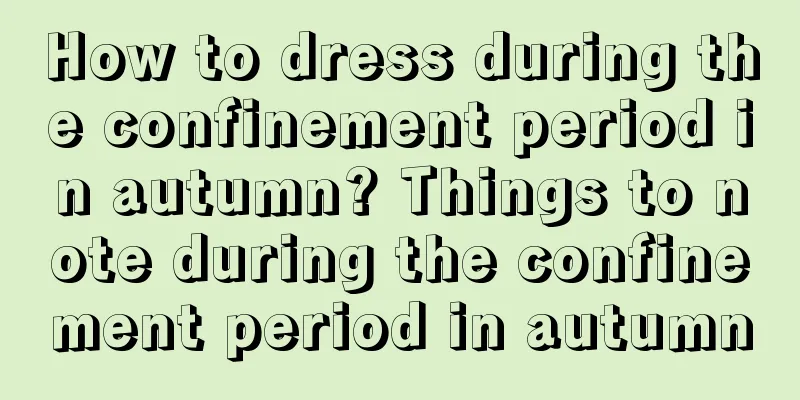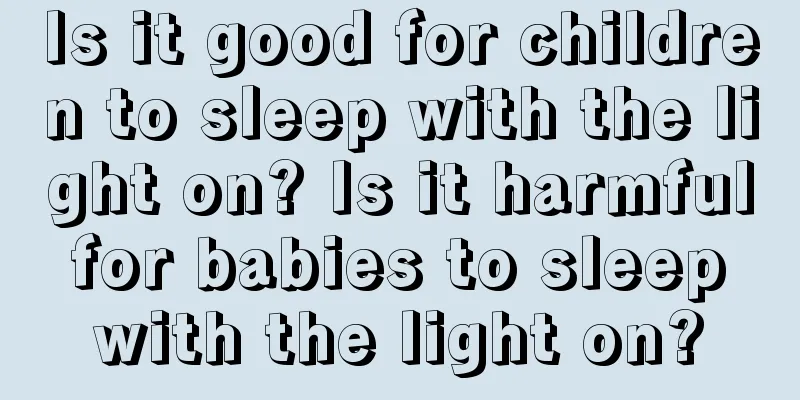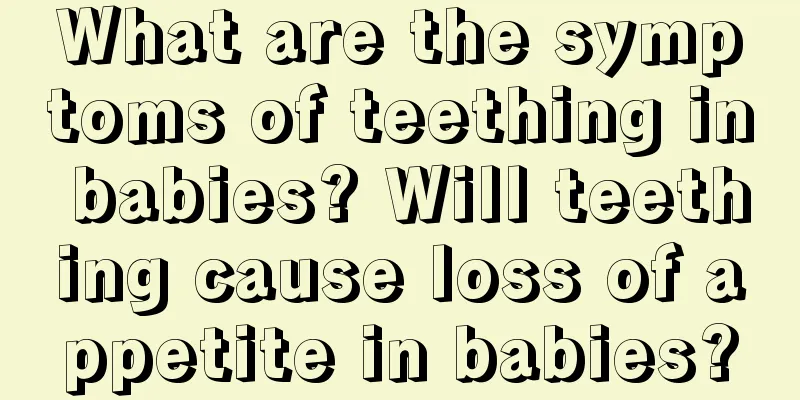Are there any side effects of nebulization for babies? What should be paid attention to when nebulizing for babies?

|
Babies have relatively low immunity and poor physical constitution, and are susceptible to viral infections in autumn and winter. Many parents have become frequent visitors to the hospital. Nebulizer therapy can help treat babies' coughs and asthma, and the effect is quite good. Are there any side effects to nebulization for babies?Nebulizer therapy is an auxiliary means of treating cough. Nebulizer is to change the drug from the atomizer into mist particles, which are directly inhaled through breathing into the human respiratory tract and lungs, and can effectively treat some respiratory diseases. The role of nebulizer is to deliver the drug directly to the diseased part of the respiratory system, and the drug effect is very fast. Therefore, nebulizer has no side effects if you follow the doctor's advice. Don't blindly believe in some rumors on the Internet, which will delay the best treatment time for the disease. Precautions for nebulization of infants1. Before nebulization inhalation: Try not to eat half an hour before inhalation to avoid irritation of the airway by the mist during nebulization inhalation, causing vomiting, and do not let the nebulized liquid enter the eyes. After each inhalation, you can rinse your mouth with saline or warm water. 2. Body position during atomization: It is best for the baby to sit in a relaxed upright position during atomization, just breathe calmly, and no special cooperation is required. 3. Dosage. The throat tissue of infants is not fully developed, and the buffering effect of the throat cavity and nasal hair is small. If a large dose is used at the beginning, a large amount of cold mist will enter the airway rapidly, which may cause spasm of the airway smooth muscle, leading to breath holding and increased breathing difficulties. Therefore, when atomizing inhalation for infants, it is necessary to start with a small dose, and then gradually increase the dose after the child adapts, until all the liquid medicine is inhaled. 4. Temperature. The temperature of the nebulized inhalation liquid should be close to the body temperature to avoid cold stimulation and prevent airway smooth muscle spasm, which may lead to aggravated cough or shortness of breath. In winter and spring, the nebulized inhalation liquid should be heated to 36°C before inhalation by the child. 5. Care during nebulization. During nebulization inhalation, pay attention to observe the changes in the child's condition. If symptoms such as coughing and shortness of breath occur, stop nebulization inhalation immediately, increase the amount of oxygen, pat the back, feed clean water, and consider the next nebulization inhalation treatment after the symptoms are relieved. At the same time, check whether the nebulizer liquid temperature, dosage and body position are appropriate, and make necessary adjustments. 6. After atomization inhalation, clean the atomizer in time for next use. What are the advantages of baby nebulization1. Quick onset of effect Nebulization uses high-speed oxygen flow to turn the drug liquid into mist, which is then inhaled through the respiratory tract to achieve the purpose of treatment. The drug inhaled through atomization can directly reach the respiratory tract and lungs where the disease occurs, so it takes effect faster than oral medication and is more effective. 2 Reduce drug toxicity and side effects. When nebulized, since the drug directly enters the respiratory tract, its dosage is only one-tenth of that of other drug administration methods, which significantly reduces the drug's toxicity and side effects, and causes significantly fewer systemic adverse reactions than other routes of administration such as intravenous and oral administration. This is especially important for infants and young children. 3 Treatment of respiratory diseases Nebulization can directly humidify the airway and dilute sputum. It not only has local therapeutic effects, such as antispasmodic, anti-inflammatory, and expectorant, but also can achieve the purpose of systemic treatment, shorten the course of the disease, and can treat various respiratory diseases, such as cough, bronchitis, pharyngitis, asthma, colds, etc. 4 Avoid the pain of injections. Nebulizer treatment can save babies from the pain of injections. Just wear a mask to breathe. Moreover, the inhaled drug reaches the lesion directly, with a small amount of medication, quick effect, high treatment efficiency, and does not pass through the blood, reducing the body's absorption and less toxicity. How old can babies be nebulized?The full name of nebulization is atomization inhalation. It uses high-speed oxygen gas flow to make the liquid medicine into mist, which is then inhaled through the respiratory tract to achieve the purpose of treatment. Children can receive nebulization treatment from birth. For example, nebulization is often used in the treatment of premature infants with bronchial dysplasia. Nebulization can be used for both acute treatment and stable control. Nebulization treatment is one of the most commonly used methods for treating respiratory diseases in hospitals today, just like injections and medications. |
<<: What kind of soup is good to drink in early pregnancy? What are the common soups for abortion?
Recommend
Can Friso milk powder for pregnant women relieve constipation? How much is the Hong Kong version of Friso milk powder for pregnant women?
In order to supplement the nutrients needed by th...
How parents can help their children with homework and set up study areas
After the baby enters school, he will start to ha...
How often should the pacifier be cleaned? What are the methods for cleaning the pacifier?
Have you ever taken care of a baby in your life? ...
What complementary food should a 6-month-old baby eat? Analysis of daily complementary food additions for a 6-month-old baby
Daily recipe calendar for baby food supplement. T...
What varieties of pears are there? Which variety of pears is the best?
Pears are a common fruit on the market, and many ...
At what age does a baby's intellectual development complete?
Parents love smart babies, and mothers should pay...
How to heat baby food? How many times can baby food be heated?
The baby's unfinished complementary food is u...
How old should a child be to use a child safety seat? What age of child is a child safety seat suitable for?
Child safety seats are designed to protect childr...
At what age can a baby walk? Don't hold the baby's hand when walking
Your baby may take his first step after 9 months,...
What to do with myopia in children How to recover from myopia in children
Due to the popularity of electronic devices, the ...
How to change the head of Oral-B electric toothbrush? How often should the head of Oral-B electric toothbrush be changed?
Generally, the toothbrush head needs to be replac...
What is the feeling of fetal movement?
Pregnant mothers often feel the baby moving in th...
What are the symptoms of baby convulsions? How to distinguish between baby convulsions and shocks?
Newborn babies are still in the process of slowly...
What can I eat to get rid of lochia the fastest? How to take care of lochia after childbirth?
The discharge of lochia after childbirth is the m...
How often should I stop taking cod liver oil? When is the best time to take cod liver oil?
Cod liver oil is a nutritional supplement that pr...
